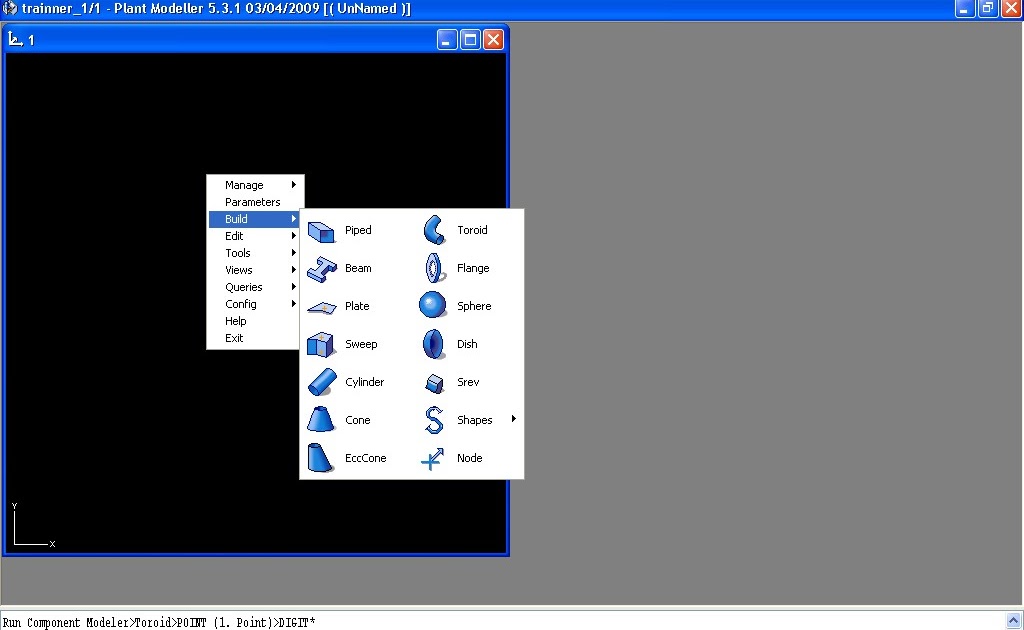
Nupas Cadmatic 5 2 Crack 3 13
A crack is a type of fracture in a bone caused by an injury. Cracks are classified as first-, second- or third-degree, depending on the depth of the crack. A first-degree crack has less than one millimeter (mm) of jagged ends extending from either end. A second-degree crack may have up to one mm but lacks jagged edges and does not pierce the skin. Third-degree cracks are often open wounds that penetrate skin, muscle, or cartilage, but can also be found without penetration to bone if not severe enough to cause damage to these structures. One millimeter is approximately the thickness of one sheet of paper or one to two decks of cards. A first-degree cracked bone will usually not cause pain, but a second-degree crack can be very painful. A joint under tension can cause a joint to crack causing severe joint pain. Joint pain is usually less severe with first-degree cracks. However, if the joint is placed under tension, movement may be restricted and this may lead to further damage.
First-degree cracks are open fractures that have less than 0.5 millimeters of jagged ends extending from either end, but it can have further damage due to being under tension. Second-degree cracks are open fractures that have up to 1 millimeter of jagged ends extending from either end. Third-degree cracks are open wounds that penetrate skin, muscle or cartilage, but without penetration to bone if not severe enough to cause damage of these structures. Cow's milk is the best source of calcium for infant nutrition because milk contains an abundance of calcium in the form of lactose (a sugar). Calcium is essential for proper bone development and growth during childhood and adolescence. Low levels of calcium can lead to brittle bones which can lead to fatal fractures. The intake of cow's milk has been linked to low levels of fractures in children. Studies have found that consumption of greater amounts of dairy products was associated with lower risk factors for hip fracture. Animal studies have shown that consumption of calcium can increase bone density in rats, but other animal studies have shown no effect on bone density at all. Dairy consumption has also been linked to decreased risk for bone fracture in humans...Calcium can be found in blood vessels and heart muscles, as well as the bones. Calcium plays a significant part in cell function by allowing cells to communicate with each other through their cell membranes. It also allows muscle contraction, nerve transmission, muscle relaxation, blood coagulation, and body temperature regulation. Calcium is needed for muscle contraction and nerve transmission, but is also vital in bone growth and development.
Bones are the framework of the body and make up much of our skeleton. They are living organs covered by a hard surface structure which helps to protect it from injury. Bones grow because when they break their growth plates allows them to re-grow. There are two types of bones in the human body, these being compact bone and cancellous bone. Compact bones are dense, hard, white in colour and found in areas that do not bear weight such as the skull, sternum, facial bones etc.
fd7b7970f5
nupas cadmatic
Waves Diamond Bundle VST RTAS 5.2.rar
autocom 2013.1 keygen v1 exe
Kaante movie free download 720p movies
3d sexvilla 2 everlust sex coins hack
FULL CompuFour Aplicativos Comerciais 2011-RiO2016
megatrainer xl 1.5
coremelt complete v2 mac torrent
driver jinka 1351 download
arenasgitarmetodu1bolumturkce
navnathbhaktisaradhyay40pdf349
0コメント